Batteries are the heart of any electronic circuit, the impossibilities of making a wireless circuit without batteries is now eliminated by this DFrobot mini generator based Rf circuit. Remote controllers can be seen everywhere, and most of them are inseparable from the battery. However, we often encounter problems when using the battery, for instance, it is troublesome to replace the battery, batteries are easy to corrode in a humid environment, or the waste batteries may cause serious environmental pollution. Do you know that wireless remote control can actually work without batteries.
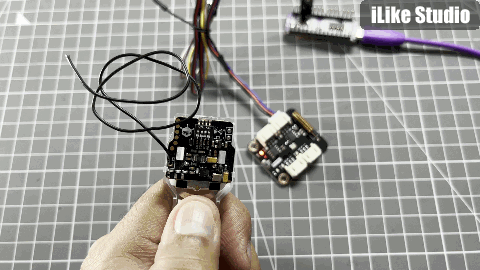
This self-powered wireless switch from DFRobot can send signals wirelessly without installing a battery. The switch is composed of a micro-generator and a 433Mhz radio frequency circuit. Based on the principle of electromagnetic induction, the micro generator converts the kinetic energy of the press into electrical energy that will be rectified and stored by the RF circuit later, by which a signal can be transmitted wirelessly. This can be used in devices, such as making wireless doorbells, pagers, food ordering devices, wall switches etc.
A receiver is required when using this product. Receivers that support EV1527 decoding format and 10Kbps decoding rate are compatible with this transmitter unit. The mini generator that comes with this unit is able to produce some power using EMI and store that power in capacitors for later use. The project is sponsored by PCBWAY.
Components Required:
Arduino UNO
Gravity DFRobot self powered wireless switch
Gravity DFRobot radio receiver
Custom PCB from PCBWAY
PCBWay is the best low cost solution for PCB prototyping, PCBA, Stencil, 3D and CNC services. Quote now using this link and get Free PCB coupons on first sign-up. Get 10 Pcs of high quality custom PCBs for just $5.
Damage and Chip burning conditions:
Note: After the module is connected to the DC power supply, it is forbidden to press the power push button since the generated excessive energy may burn the chip. When pressing the power generation button or using DC power, at least one of the dip switches on the module must be dialed up, otherwise the chip will be burned. Press Frequency should not more than 4 times per second, continuously rapid press will cause energy accumulation that cannot be consumed in time, and eventually burn the chip.
Basic Principle of energy generation:
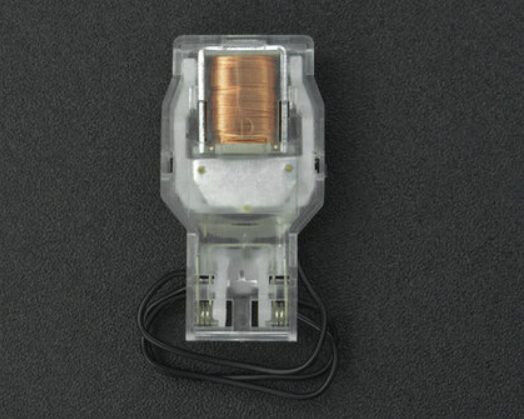
This energy generation principle is given by Faraday, When a magnetic field and a conductor (such as a coil of wire) interact, an electromotive force (EMF) or voltage can be induced in the conductor. For voltage to be generated, there must be relative motion between the magnetic field and the coil. This can be achieved by moving the magnet through the coil, moving the coil through the magnetic field, or changing the strength of the magnetic field over time.
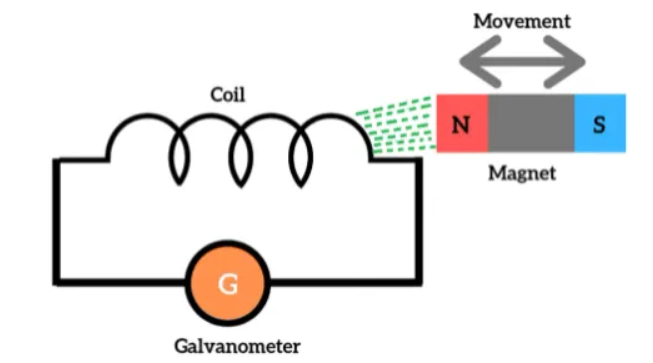
The voltage induced in the coil is directly proportional to the change in field and total number of loops in a coil. In this case here, we have a copper coil underneath the PCB and the button is pressed having a magnet attached on the other side, which is overall used as an emf generating device.
Features:
This wireless switch is a transmitter unit, which can be programmed as per radio channel output. And to keep the information safe, random address codes are used. In order to interpret these codes, we have to pair the receiver manually. The pairing procedure is given below.
- No battery needed, maintenance-free
- Wireless signal, wiring-free
- RF signal, strong penetration
- Onboard 4-position DIP switch, adjustable 15 states
- 1 million sets of random address codes
- The lifetime of 100,000 presses
Specifications:
- Working Frequency: 433Mhz
- Transmission Rate: 10kbps
- Encoding Format: EV1527
- Output Power: 13dBm
- Modulation Method: OOK
- Power Generation Energy: 600uJ
- Press Down Force: Typical 1800g
- Action Method: Automatically rebound after pressing down
- Stable Transmission Distance: Indoor 40 Metres
 Sagar 001
Sagar 001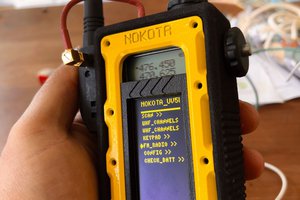
 Taylor Hay
Taylor Hay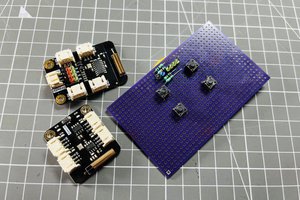
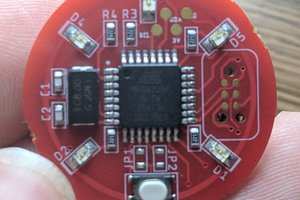
 Charles Dean Modrich
Charles Dean Modrich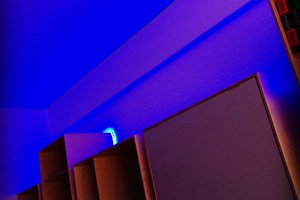
 The Reverend
The Reverend